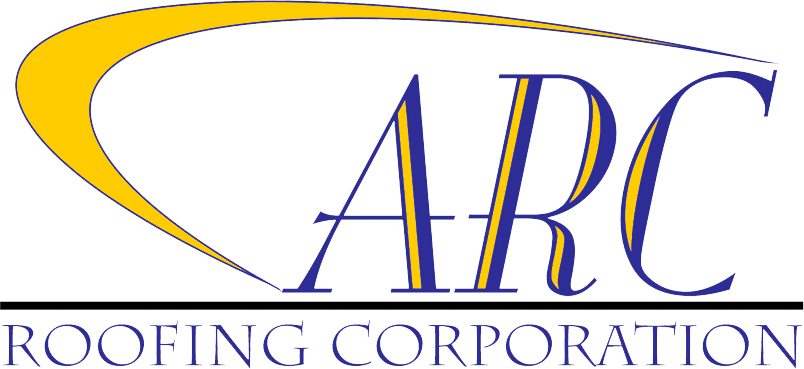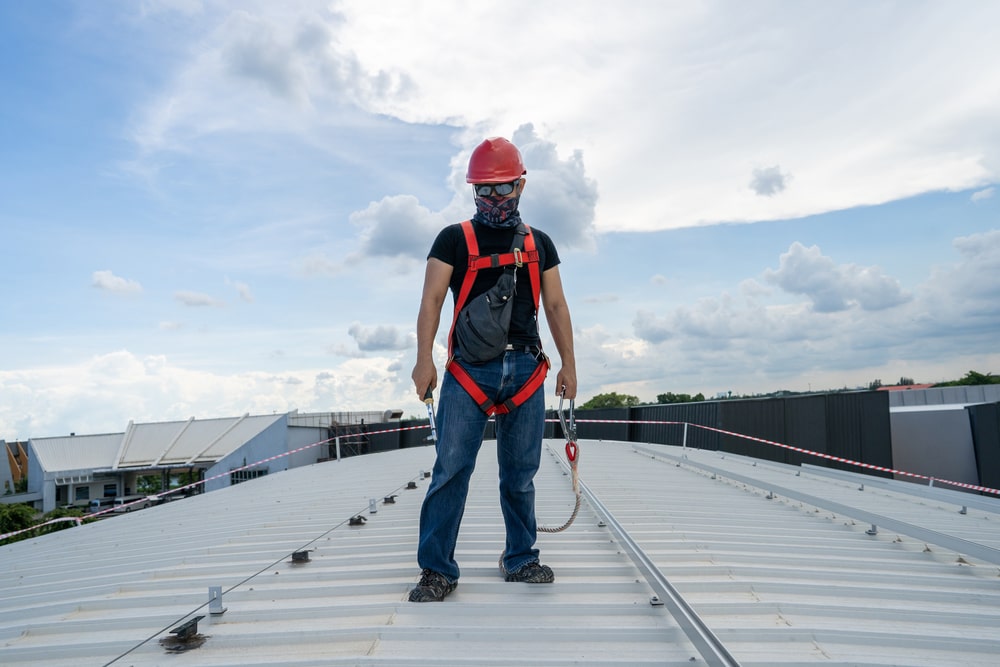Metal roofs are a popular choice for many homeowners due to their durability, longevity, and sleek aesthetic. However, walking on a metal roof requires caution and safety measures. In this blog post, we’ll cover everything you need to know before venturing onto your metal roof.
Choosing the Right Location
Not all parts of a metal roof are safe to walk on. The type of metal roofing installed will determine the safest areas. Standing seam metal panels have raised seams that can provide secure footing. With metal shingles, stick to walking on the upper half for stability. Avoid stepping on the ribs or laps on metal roof panels, as these areas can bend or give way.
Proper Footwear is a Must
Wearing the right footwear dramatically improves traction and reduces the risk of slipping. Shoes or boots with soft, rubber soles and aggressive treads work best. Inspect your shoes prior to use to ensure the soles aren’t overly worn. Wet metal roofing multiplies slip risks, so opt for overcast, dry days when possible.
Use Safety Equipment
For roof work or walking on sloped or wet metal roofs, use proper safety equipment. This includes harnesses, anchors, ropes, rubber-soled footwear, gloves, and glasses. Investing in professional grade safety equipment like roof brackets, hooks, and ladders provide an added layer of protection against falls.
Exercise Caution in Your Movements
Take small, careful steps when moving across metal roofing. Sudden movements or twisting can lead to lost footing and falls. Keep your center of gravity low for optimal stability. Having a partner nearby to assist can also prevent accidents.
Hire a Professional When Needed
Homeowners need to evaluate if they feel fully comfortable walking on their metal roof or if hiring a professional is the wiser choice. Professionals have the proper gear, training, and experience to safely navigate metal roofs. Don’t risk injury attempting a dangerous DIY roof project.
Can You Walk on a Metal Roof without Denting It
Understand the Roof’s Structure
The first step is understanding how your specific metal roof is supported. Some metal roofing is attached directly to the roof deck, while others utilize raised strapping underneath to provide space between the metal and deck. Walking where the metal panels are supported by strapping can prevent bending or dents.
Distribute Your Weight
When moving around the roof, distribute your weight as much as possible. Place plywood boards or planks across multiple seams or ribs to disperse weight. Walking directly on the screws that attach the metal sheets is another good option since they offer stability.
Remove Debris
Use a roof rake or broom to clear off leaves, branches and other debris that could dent the metal or lead to slipping.
Avoid Wet Roofs
Never walk on a wet metal roof, as the slick conditions exponentially increase the chance of falls and damage.
How to Walk on a Metal Roof without Slipping
Walking on a metal roof can be a bit risky, especially as it may lead to slipping and falling. The right footwear is critical – choose soft-soled shoes with aggressive treads to maximize traction. If possible, plan your route ahead of time so you know where to safely step. Avoid stepping on ribs or seams in the panels where bending could occur. Also crucial is avoiding wet or icy surfaces, as metal becomes extremely slick when wet. Never attempt to walk on a metal roof in rainy or icy conditions.
When navigating a metal roof, take small, deliberate steps. Sudden movements or twisting can cause slips, so move slowly and cautiously. Keep your center of gravity low to the roof for optimal stability. Having a partner act as a spotter is also wise for maintaining safety and preventing accidents. They can assist you if you do start to slip. Don’t wear loose clothing that could trip you up either.
For roof work, use harnesses, ropes and anchors to protect against falls. Ladders with grippy feet, as well as roof brackets and hooks, also provide security. And remember to clear the roof of debris like leaves that could hide slippery spots.






